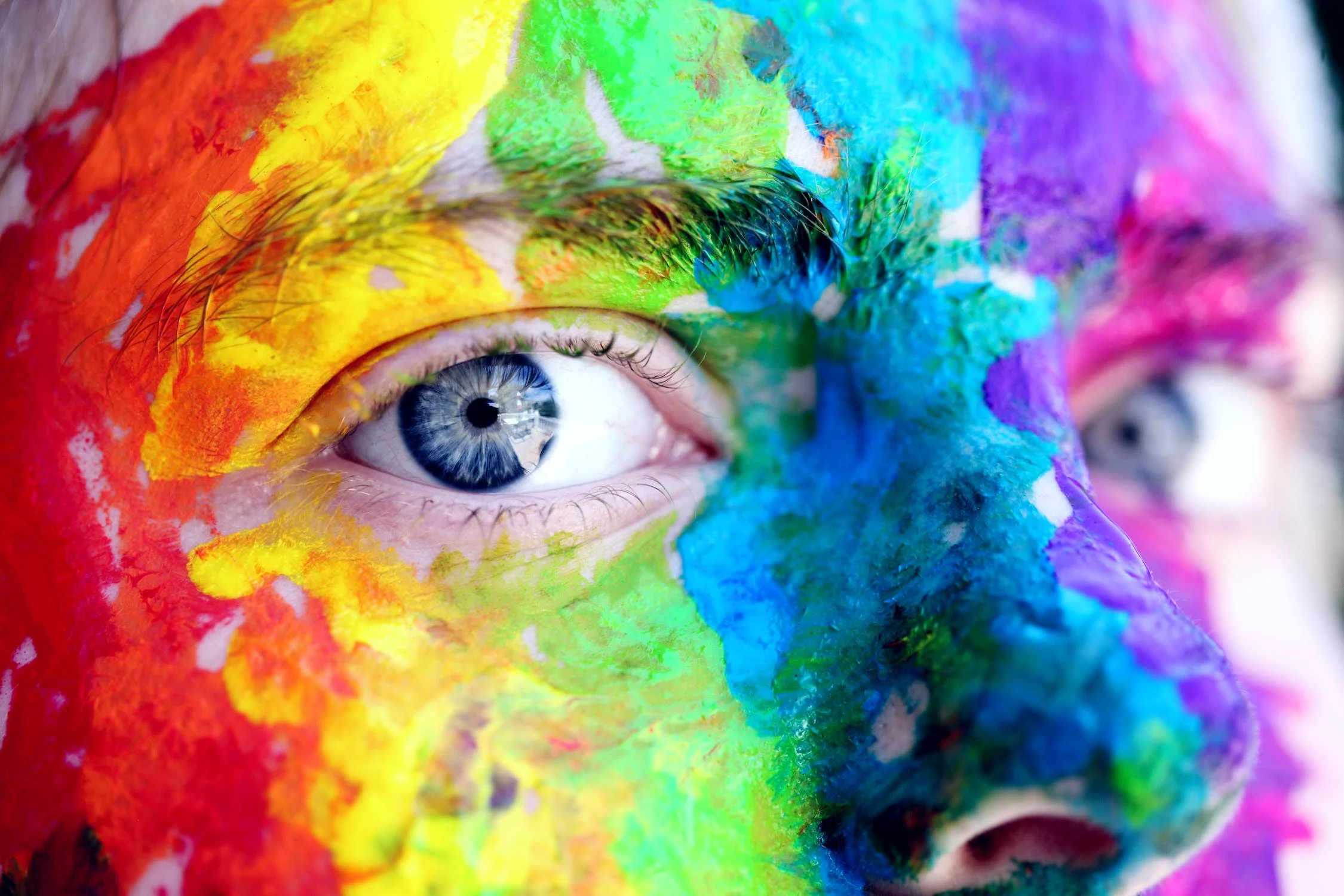
Understanding the Queer Movement: Breaking the Silence Around Sexual Identities
Curiosity Around Queerness
Some questions like:
“What is the queer movement?”
“Who are queer people?”
often arise in our curious minds. However, little do we realize that we are surrounded by the queer movement and queer individuals in our everyday lives — in different ways, under various names. Sometimes referred to as “the third gender,” sometimes as the “LGBTQIA+ community,” or simply as “homosexuals,” these terms reflect the widespread presence and resilience of people who continue to face social and systemic marginalization.
The Indian Context of Queer Visibility
For many in India, the landmark 2018 Supreme Court judgment decriminalizing Section 377 of the Indian Penal Code marked their first formal encounter with the queer movement. But the issues, stories, and resilience of sexual minorities have long existed — regionally, nationally, and globally — despite being suppressed by patriarchal and heteronormative structures.
Who Is Queer?
Historically, the word “queer” meant strange or odd — and was often used as a slur. However, over time, the queer movement has reclaimed the term as a badge of identity and resistance.
While there are ongoing debates about who qualifies as “queer,” there is a broad understanding that the term refers to:
-
People discovering and shaping their own sexual identities
-
People moving away from identities assigned by society based on physical traits
-
People who do not fit into rigid heterosexual norms
-
People who challenge gendered expectations and norms
Diverse Identities, Diverse Challenges
Even under this umbrella, each queer individual’s journey is different. For instance, a lesbian couple may face less public harassment than a transgender couple, though both encounter social stigma. Due to rigid heteronormative norms, many queer individuals feel compelled to hide their identities.
Identities commonly represented in the LGBTQIA+ spectrum include:
-
Lesbian
-
Gay
-
Bisexual
-
Transgender
-
Queer
-
Intersex
-
Asexual
-
+ (representing identities still emerging or unnamed)
Queer in the Indian Cultural Context
While LGBTQIA+ is a more Western terminology, Indian cultures have long recognized non-heterosexual identities with terms like:
-
Trithiyapanthi or Trithiyaprakriti (the third nature/gender)
-
Hijra, Kinnar, and Kothi — all deeply rooted in South Asian contexts and history
Being Queer as Political Resistance
Queerness is not just a personal identity but also a political act — one that challenges the erasure and marginalization of multiple sexual and gender identities by mainstream society.
The Queer Movement: A Struggle for Rights and Recognition
The queer movement is a significant part of global human rights activism. It questions societal norms about gender and sexuality and aims to create a more inclusive world. It asks bold, essential questions like:
-
“Why are queer people called the third gender?”
-
“Who decided the gender order?”
-
“Why is there a hierarchy at all?”
Today, the movement goes beyond just sexuality — it includes citizenship, rights, legal recognition, and human dignity.
How Can We Support the Queer Movement?
Here are some things each of us can do:
-
Educate ourselves about queer issues
-
Understand sex, gender, and sexuality beyond binary definitions
-
Respect all people, regardless of sexual identity
-
Avoid occupying queer spaces or speaking over queer voices
-
Offer unconditional support
-
Unlearn internalized heterosexist assumptions
-
Create safe spaces for queer self-expression
-
Be authentic allies — listen, learn, and amplify, not speak for
Why It Matters
Supporting the queer movement means standing for more than just sexual freedom — it’s about the freedom to express, to feel, and to be. It’s about allowing every individual to live their truth without shame or fear.
If you or somebody you know is seeking information or support for the themes and issues raised in this article, consider reaching out to our ‘Support’ and ‘Engage’ verticals for affordable and inclusive help!
Like our content? Please show us some support by sharing and upvoting!
Image Credits – Pexels.com
